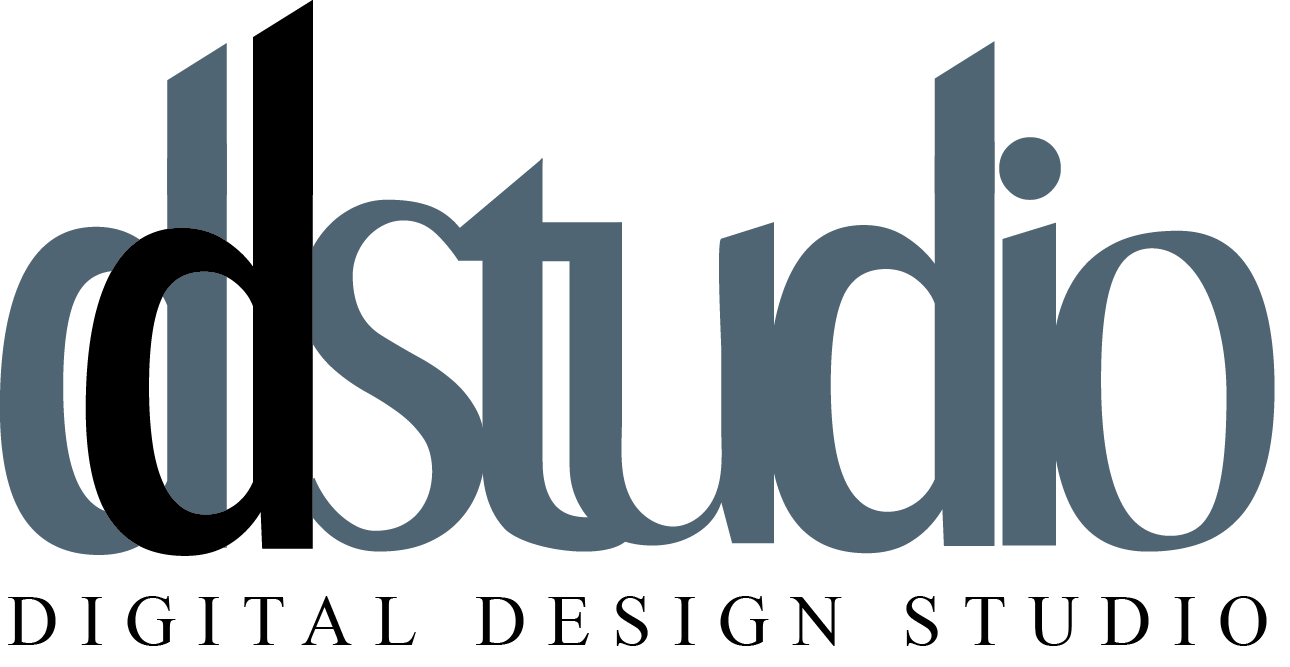Ece Yeğen
2017 Fall
ARCH470 Digital Design Studio
Input, if it can be received by the perceiver, is processed to become output. Perceiver, as much as input, effects the output. Therefore the output becomes the reflection of input, created by perceiver; to project the illusion of reality. If perceiver could be able to receive more input, the processed output can only be the projection of the information – to reveal oblivion. Considering any input is corrupted by the perceiver, reality becomes the oblivion that can be comprehended; what is made by perceiver with the input that can be processed.
The project aims to define a space which simulates an increase of input to be received. At first, the projection of the environment is clear to the perceiver. Looking from the mirror (the projection of input) the perceiver is able to comprehend the amount of received input and see an understandable projection. This mirror (receptor), from both sides, is able to reflect the information coming from three surrounding surfaces identically. The transformation of the receptor (twists and relocations of the elements creating the mirror), also affects the boundary (input). With the increase of this transformation, the difference between the actual input and the reflection becomes vague, while making a meaning of what is received gets tougher. Although, the index of the information remains the same, as it is the only input that can be processed in the reality of this space. Through this phase, the experience of the perceiver refers to oblivion. This is followed by refraction moments in which both the receptor and the input are redefined with the same parameters to project another reality. Following those refraction points, the perceiver experiences varied ways to process information, by traveling through different spaces.






